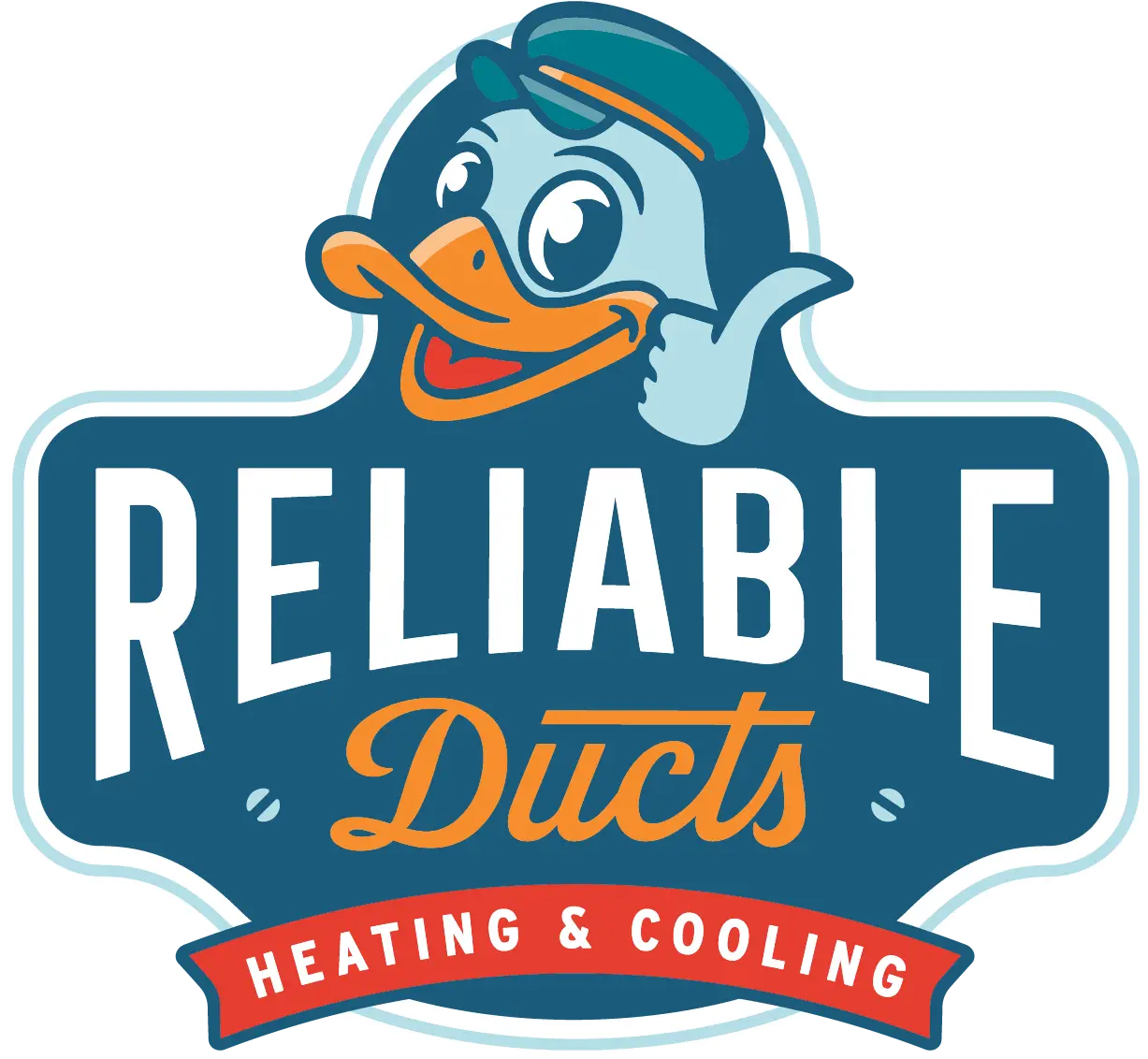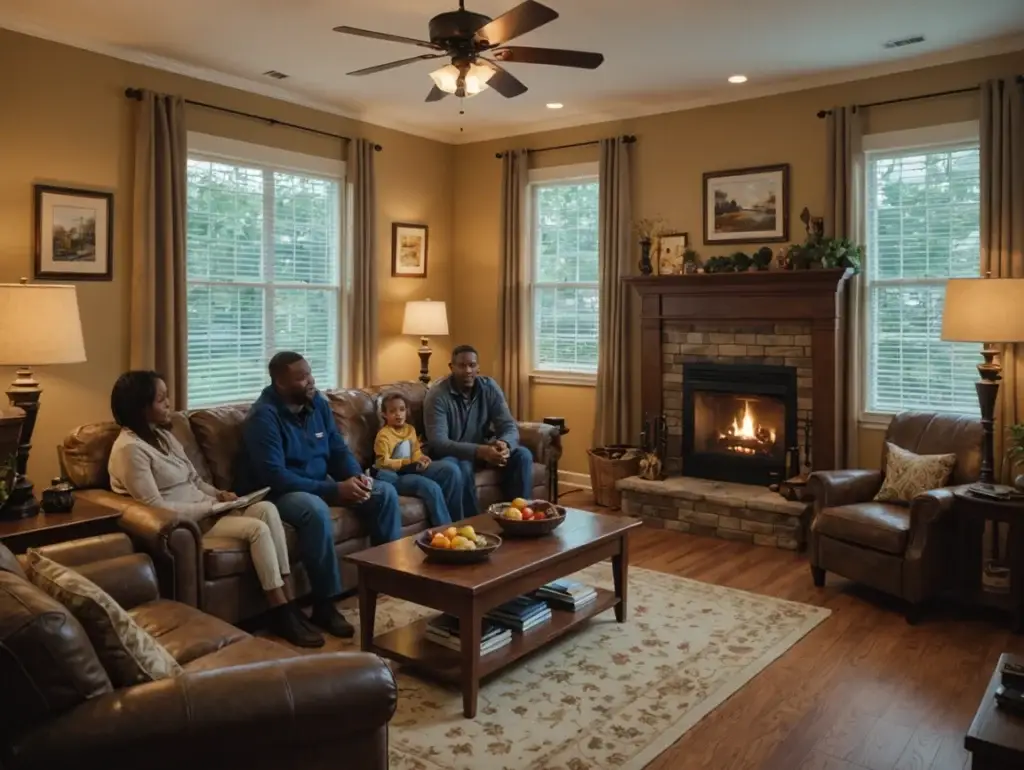[vc_row][vc_column][vc_column_text]The ductwork in your home plays a pivotal role in distributing heated or cooled air from your HVAC system to every room, ensuring a comfortable living environment year-round. However, like all components of your home, ductwork doesn’t last forever. Aging, damage, or poorly designed ducts can significantly reduce your HVAC system’s efficiency, impacting your comfort and utility bills. Understanding when to replace your home’s ductwork can help you avoid these issues and maintain an optimal home environment. Here are key indicators and considerations to help you make an informed decision.
- Age of the Ductwork
Ductwork typically lasts 10 to 15 years before it may begin to show signs of significant wear and tear. If your ductwork is older than this, it’s wise to have it inspected by a professional. Even if it seems to be functioning, aged ductwork can have hidden issues affecting your system’s efficiency and your home’s air quality.
- Rising Energy Bills
An unexplained increase in your energy bills can be a sign of inefficient ductwork. Leaks, holes, or poorly connected ducts can lead to significant air loss, forcing your HVAC system to work harder to maintain desired temperatures. Replacing old or damaged ductwork can restore efficiency and reduce your energy consumption.
- Inconsistent Temperatures Throughout Your Home
If you notice uneven temperatures in different rooms or areas of your home, it could indicate an issue with your ductwork. Properly functioning ducts should distribute air evenly throughout your home. Any discrepancies in temperature can be a sign of leaks, blockages, or design flaws in your ductwork system.
- Visible Damage or Deterioration
Physical signs of damage, such as dents, holes, or rust, are clear indicators that your ductwork needs attention. Additionally, if you can access any part of your ducts, check for any visible sagging or separation at the seams, as these issues can significantly impact system performance.
- Poor Air Quality or Unusual Odors
Old or damaged ductwork can contribute to poor indoor air quality by allowing dust, mold, and other pollutants to circulate through your home. It may be time to check your ductwork for leaks or contamination if you detect a persistent musty smell or an increase in dust accumulation.
- Noisy HVAC Operation
While some noise from your HVAC system is normal, excessive noise such as rattling, banging, or whistling can indicate problems with your ductwork. These sounds may result from loose duct sections, leaks, or obstructions within the ducts.
Making the Decision
Before deciding to replace your ductwork, consider having a comprehensive inspection conducted by a qualified HVAC professional. They can assess the condition of your ducts, identify any issues, and recommend the best course of action, whether it be repair, partial replacement, or a complete ductwork overhaul.
A Worthwhile Investment
Replacing your home’s ductwork is a significant decision that can impact not just your comfort but also your health and finances. By staying vigilant to the signs of aging or damaged ducts and seeking professional advice, you can ensure that your HVAC system operates efficiently, maintaining a comfortable and healthy home environment.
Investing in new ductwork might seem like a daunting expense, but the long-term savings on energy bills, improved air quality, and enhanced comfort make it a worthwhile investment for any homeowner. [/vc_column_text][/vc_column][/vc_row]


